Suzuki has had an unexpected hit on its hands in recent years, in the unlikely shape of the Ignis “light SUV”.
But it wasn’t always the case for Suzuki’s cheapest model at $20,490 before on-road costs, now that the Baleno is bailing out of Australia, returning comparatively poor sales when launched in late 2016 after being overlooked for higher-profile small cars from both within and outside the company.
In 2019, Suzuki registered 1074 Ignis models, against twice as many Balenos and over six times the number of Swifts; to date this year and still with four months to go (keeping in mind supplies are severely constrained), the corresponding figures are 1360, 5362 and just 2889.
According to Suzuki Australia general manager, Michael Pachota, it was subtle styling and marketing shifts during the model’s midterm facelift in 2020 that opened up consumers eyes to the Japanese-built high-riding hatchback.
“At the time of launch it was a slightly different car,” Mr Pachota told CarsGuide at the MY23 S-Cross launch in Melbourne earlier this month. “It didn’t have those SUV characteristics (such as) roof racks, it didn’t have the cladding all around it; it didn’t have the same type of front bumper bar and so forth.
“(The pre-facelift Ignis) looked in market more like a small hatch versus a small light SUV, in terms of styling anyway. And once we updated that, (sales) took off. That styling was the change that product needed.”
In essence, the changes repositioned the Ignis away from being a Toyota Yaris rival and closer to having the market almost all to itself, essentially as a less-expensive Hyundai Venue alternative. The latter, for the record, has recorded over 5000 sales to date this year.
The long-serving Suzuki boss added that, prior to the Ignis’ repositioning as a light SUV in 2020, it was caught in the sales crossfire between the design-driven Swift and larger value-for-money Baleno in the $16,000 to $20,000 end of the supermini market.
“We were flying with Swift and Baleno at the time too, and Ignis was kind of in that same price point,” Mr Pachota explained. “And, at that time, with the Ignis’ (pre-facelift) styling, it was like: ‘Which way do I go’ for buyers: Ignis? Swift? Or Baleno?'
“And with Swift and Baleno having that heritage in terms of nameplate and popularity in Australia, it made more sense for us to point (buyers) in that direction. It was a numbers name.
.jpg)
“Plus, with Ignis, we didn’t get that much supply back then. So, that held it back a bit too. But with the current Ignis, every single month we bring in cars, they’re all sold.”
Refuting some recent speculation suggesting that the Ignis is not long for Australia, Mr Pachota is confident that production for our market will continue for the foreseeable future.
“At this present time definitely,” he said. “Ignis is going very well for us. The more cars we bring in the more cars we sell.”
However, one cloud on the Ignis’ horizon is the spectre of ever-stricter safety legislation being introduced, since it lacks some now-fundamental driver-assist technologies – namely Autonomous Emergency Braking (AEB). Whether it finally does gain them is anybody’s guess at this stage, and perhaps unlikely given the Ignis’ advancing years.
.jpg)
“Nothing has been confirmed yet,” Mr Pachota stated when pressed on the AEB subject.
With the Ignis unlikely to be discontinued for the time being, it’s put another similarly-themed Suzuki also out of Japan and mooted for Australia – the XBee – on the backburner for the time being.
“I would love to bring the XBee to Australia,” Mr Pachota said. “It’s such a cool car… but there are no plans at this stage.
“It was specifically designed for the Japanese domestic market and so sits on a Kei car platform.”
.jpg)
If the situation changes and the Ignis does need to be replaced with the XBee or its successor (since it’s only two years younger than the Ignis, having been launched in Japan in 2017), Mr Pachota believes that Australians would gravitate to the newcomer for the same reasons.
“We all thought that about Ignis,” he said. “But yet, the Ignis is doing fine. The XBee could be that funky alternative in the future if possible. I’d love that.”
The Ignis nameplate dates back to 2000, when the GM Holden-designed original that also spawned the first Holden Cruze AWD crossover launched in Australia, to middling reviews and lukewarm sales.
Its replacement was rebadged Swift to a massive popularity upswing, while the badge migrated to the high-riding supermini we know today back when it was unveiled at the Tokyo Motor Show in late 2015.





.jpg)






.jpg)
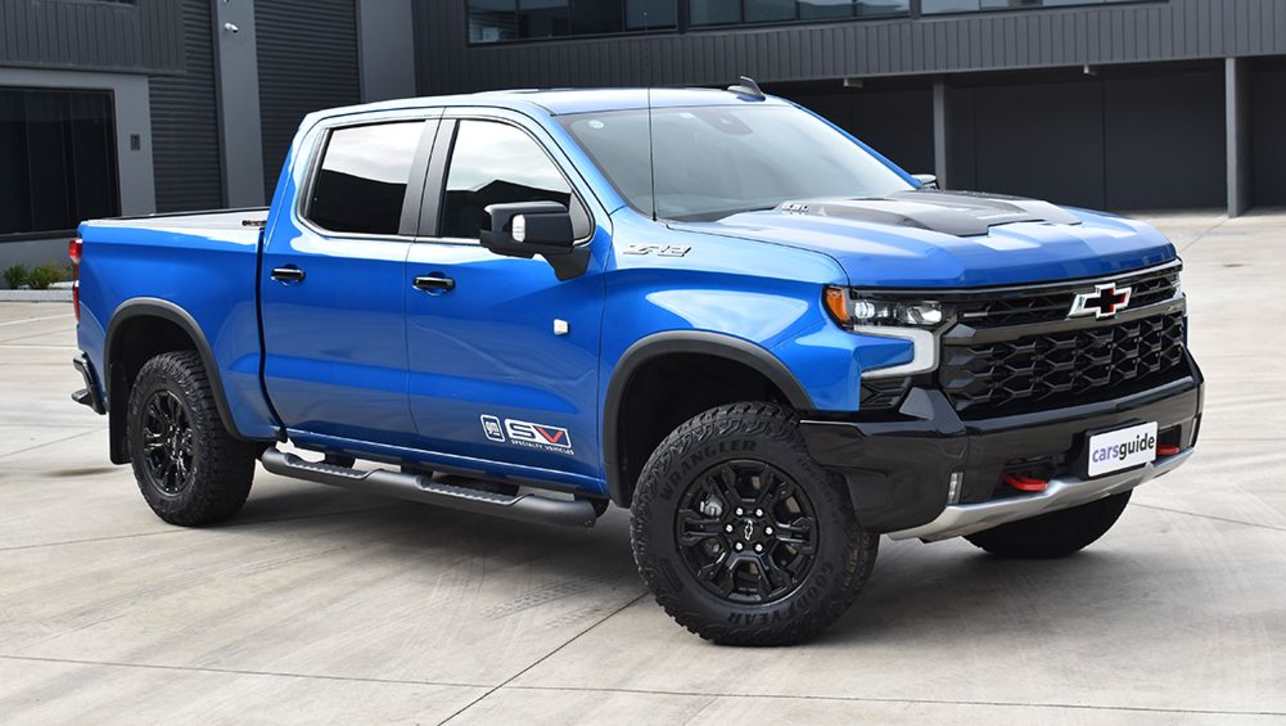
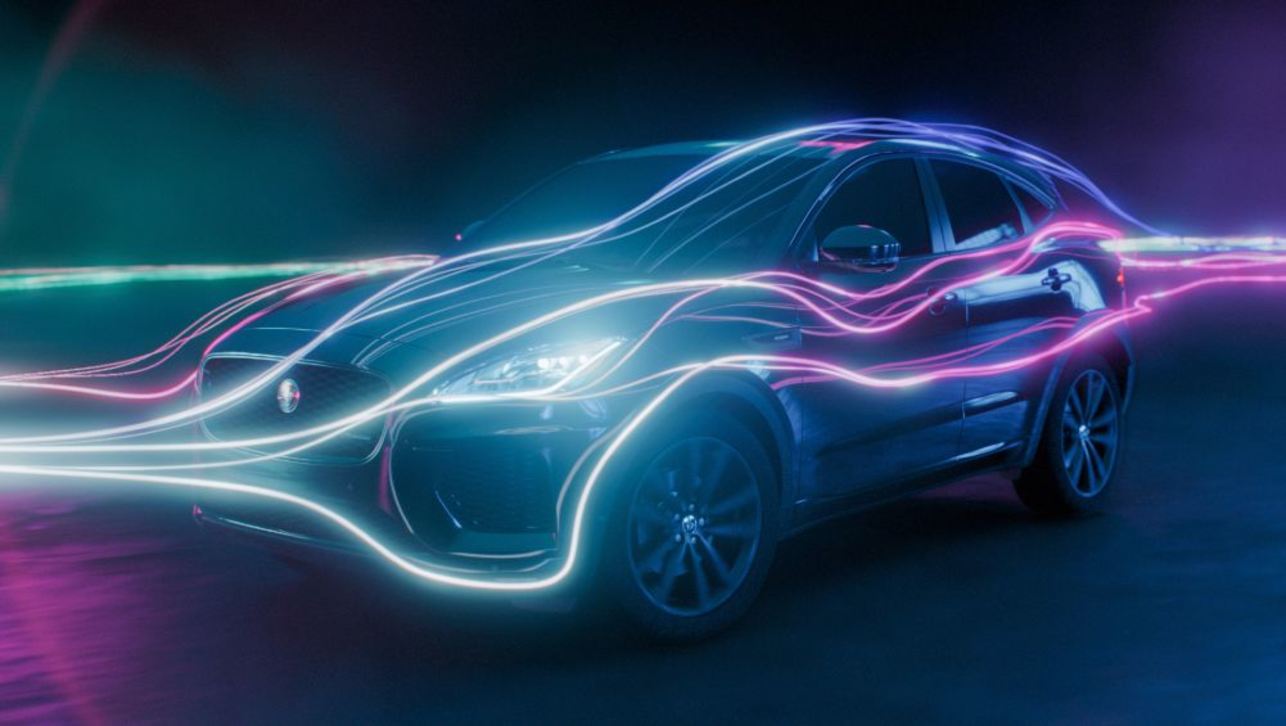
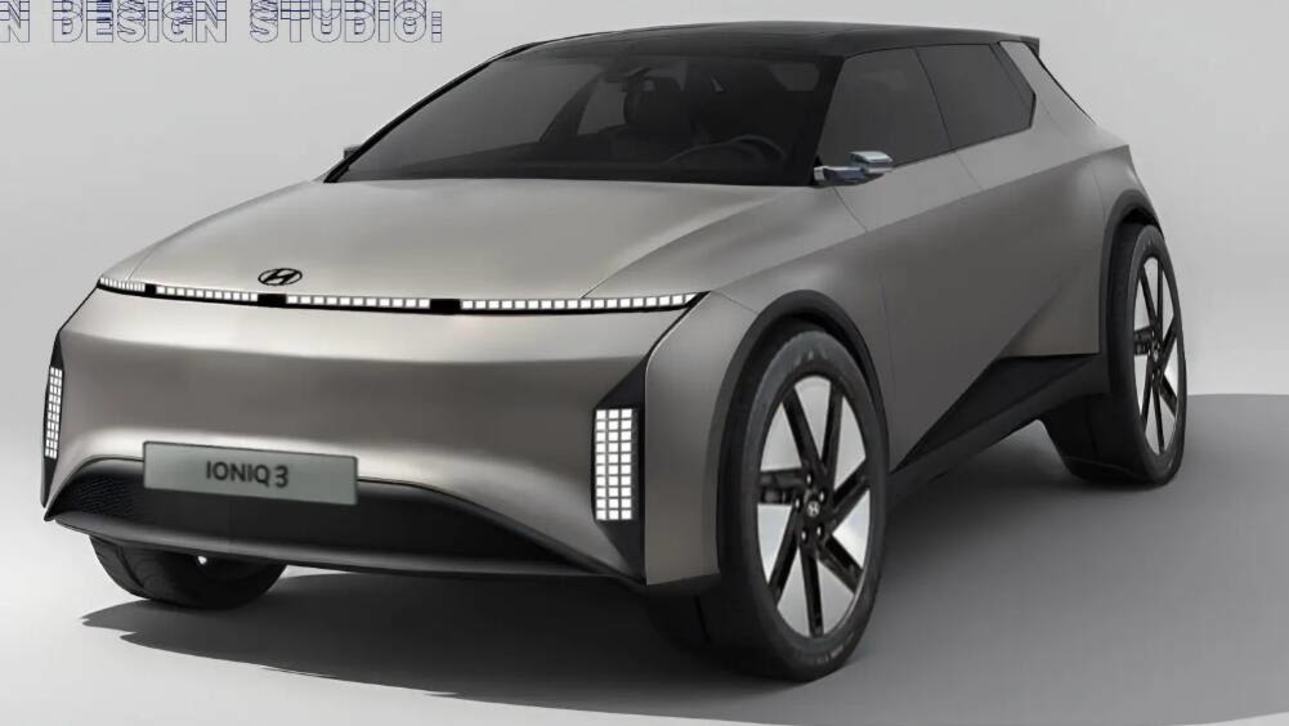
.jpg)
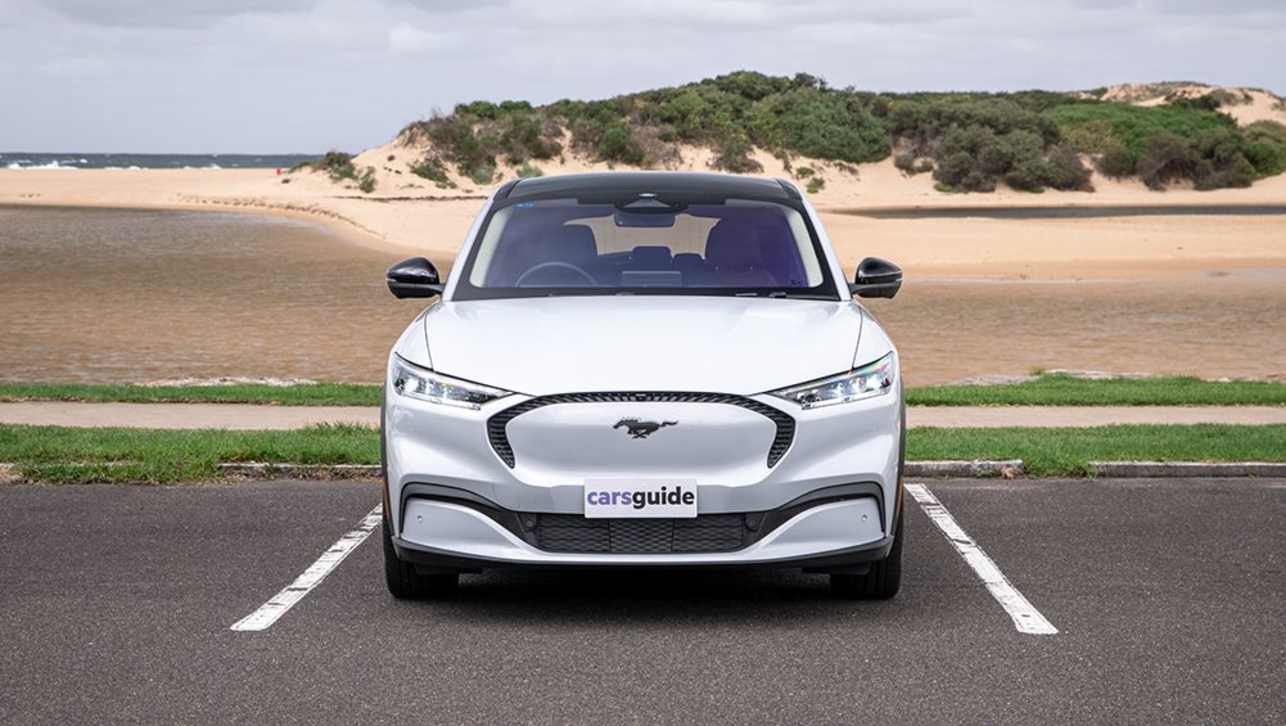
.jpg)


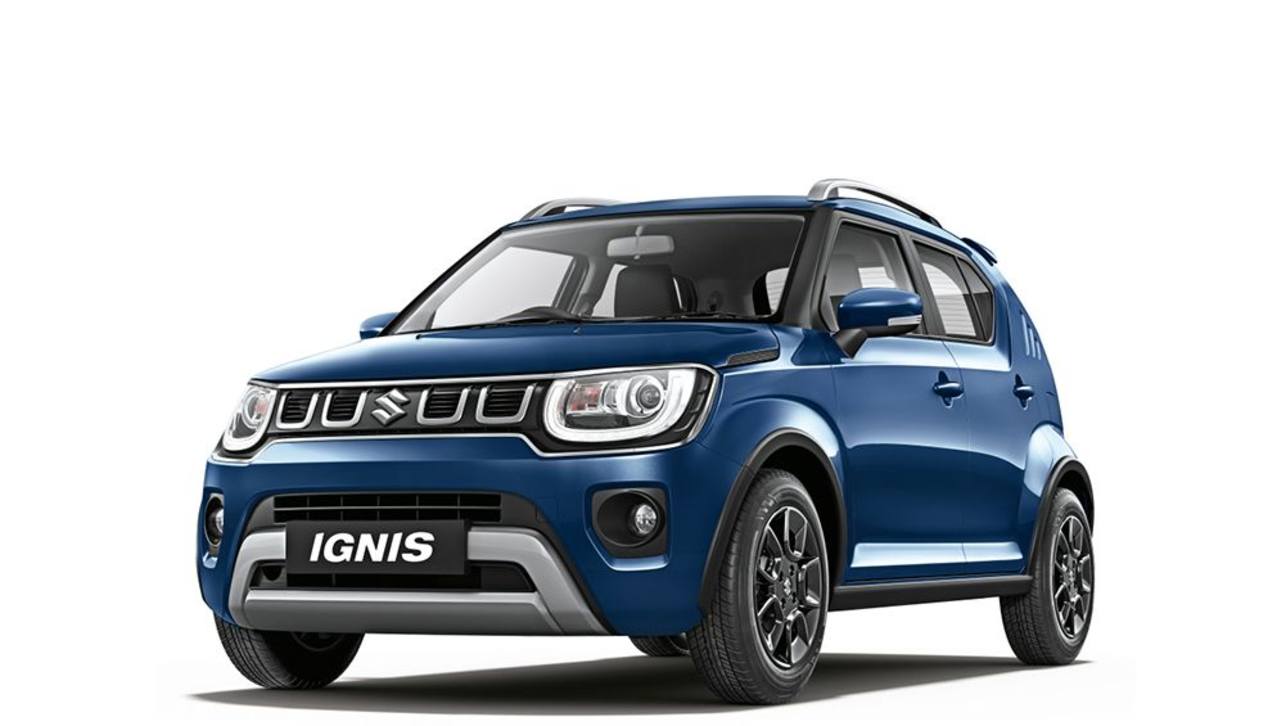
.jpg)
.jpg)
.jpg)
.jpg)

.jpg)


Comments